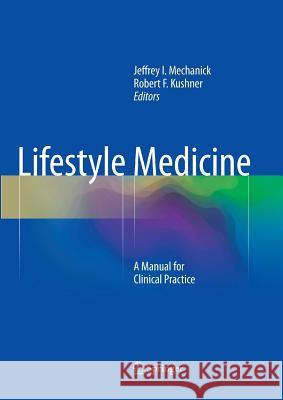Lifestyle Medicine: A Manual for Clinical Practice » książka
topmenu
Lifestyle Medicine: A Manual for Clinical Practice
ISBN-13: 9783319796598 / Angielski / Miękka / 2018 / 363 str.
Kategorie BISAC:
Wydawca:
Springer
Język:
Angielski
ISBN-13:
9783319796598
Rok wydania:
2018
Wydanie:
Softcover Repri
Ilość stron:
363
Waga:
0.90 kg
Wymiary:
29.69 x 21.01 x 1.98
Oprawa:
Miękka
Wolumenów:
01
Dodatkowe informacje:
Wydanie ilustrowane











